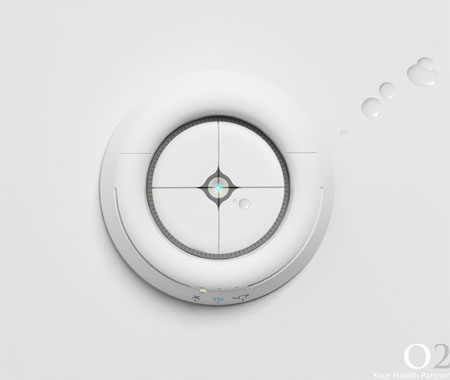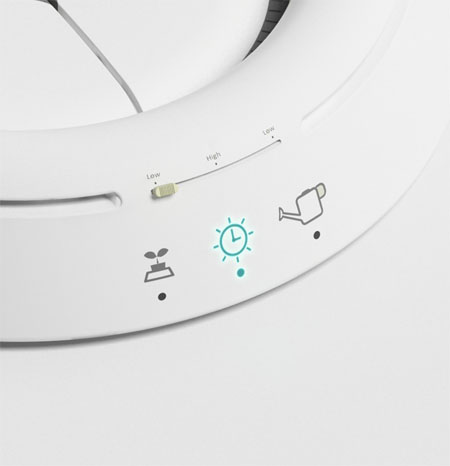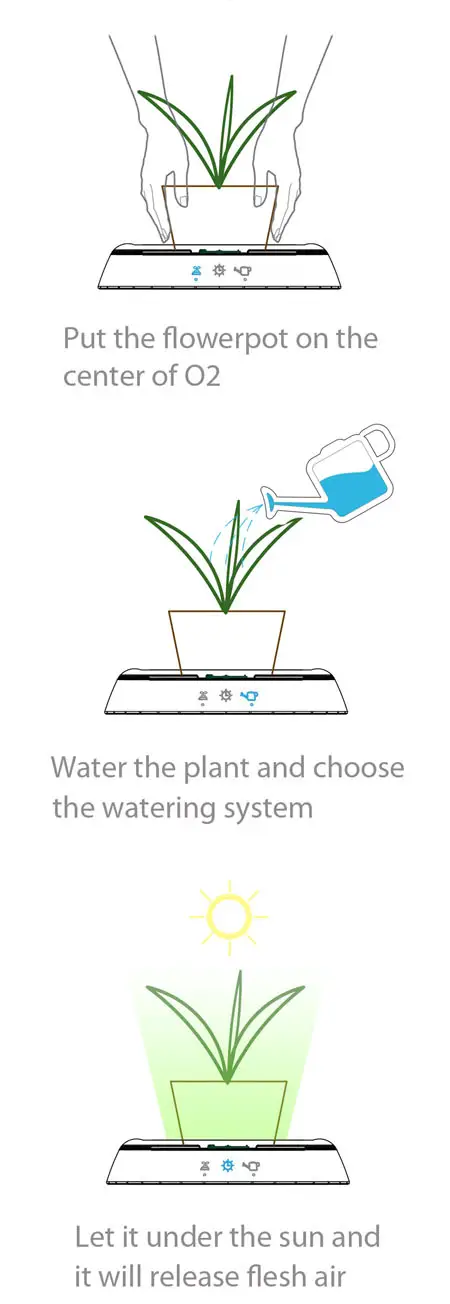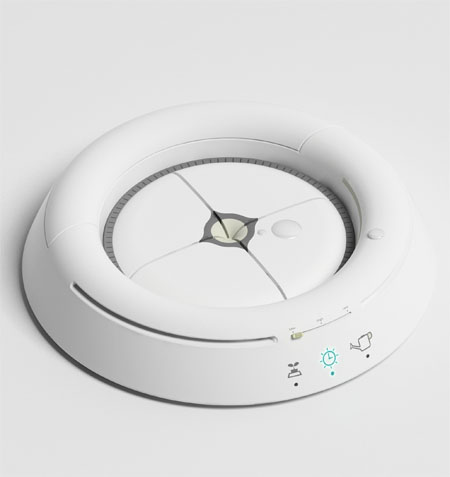Eating the recommended 5 a day servings of fruit and vegetables is the most important element of any healthy eating plan.
The Health Benefits
For the last eight years the Dept. of Health has been trying to drive home the "5-A-Day" message. Research proves that eating at least 5 portions of fruit and vegetables each day has very real health benefits. It can help to prevent heart diseases and some cancers. Evidence shows however, that many of us are not listening to this healthy eating advice. Recent research shows that only 1 in 7 of us achieve the 5 a day quota.
Dept. of Health to issue 5-A-Day Logo
To further drive home the healthy eating message, the Dept. of Health is introducing a new 5-A-Day logo initiative in Spring 2003. The Dept. of Health's logo will clearly indicate the fruits and vegetables that contribute towards the 5 portions it recommends you to eat each day. The logo will appear on fresh, frozen, tinned or dried fruit and vegetables and will indicate how many portions the food will count as. The criteria to use the logo is strict and aims to encourage you to eat a variety of fruits and vegetables.
In an effort to encourage healthy eating more research is being done by the Dept. of Health to help clear up confusion about what counts towards 5 a day and what doesn't - several processed foods with added salt, sugar and fat, despite containing fruit or vegetables will not at present qualify for the logo.
What stops you from getting 5 a day - Time, Money, Dislike All Fruit and Vegetables?
Lack of time for healthy shopping
Look out for canned, frozen and juiced fruit and vegetables. They are just as nutritious. Buying your fruit and vegetables in this way also means you have plenty to hand when you need it without having to spend time stocking up with fresh produce every few days. Healthy eating doesn't mean you can't make use of convenience foods.
5 a day is too expensive
Don't be fooled, you could find healthy eating better for your budget. Fruit and vegetables (excluding exotic / imported ones) are surprisingly cheap. An average banana costs 20p - less than most bars of chocolate / crisps from the vending machine - and provides more in the way of nourishment for less calories.
* Choose fresh fruit and vegetables in season, not only are they cheaper they will also be most flavoursome and at their best.
* Markets also tend to be cheaper than supermarkets, particularly if you catch them when they packing up for the day.
* Alternatively opt for supermarket branded tinned or frozen fruit and vegetables.
Dislike All Fruit and Vegetables
With such variety of tastes, it's hard to believe anyone can dislike them all. Also remember that tastes change as you age and therefore things you detested in your youth (like brussel sprouts...) may be a lot more palatable now! Try a different fruit / vegetable each week until you find some you enjoy.
Working Your Way to Five A Day
Make it a mission to start working to your five a day quota. Remember you don't have to include all five portions overnight - your body probably won't thank you for it! (A sudden change can cause uncomfortable bloating and gas). Also don't rush out and buy a heap of fresh fruit and vegetables - to watch it rot in the fridge / fruit bowl over the coming week! Build up gradually, make it a habit and remember each extra serving is a step in the right direction. Try these healthy eating tips for including more fruit and vegetables:
Healthy Breakfast
* Have a glass of 100% pure, unsweetened fruit juice
* Slice some fresh fruit over your breakfast cereal or toss in a handful of dried apricots / raisins
* Try a banana sandwich made with wholemeal / granary bread for extra fibre too
* Make a delicious fruit smoothie from fresh fruit. Or add some skimmed milk / low fat yoghurt for a more creamy consistency
Healthy Snacks
* Look out individual portions of carrot batons, dried apricots, raisins and grapes at the supermarket - grab these instead of chocolate / crisps
* Make some crudites - carrots batons, celery sticks, baby sweetcorn, asparagus tips - to enjoy with a low calorie dip
* Keep a piece of fresh fruit on hand - and ensure you eat it before you reach for high sugar / calorie snacks
Healthy Lunch
* Add tomatoes, cucumber, mixed salad leaves to your sandwiches
* Toss a selection of fruit / vegetables and salad leaves together for a delicious alternative - drizzle with a low calorie dressing and enjoy with a crusty wholemeal roll
* Make your own vegetable soup for colder weather
Healthy Evening Meal
* Try to include at least one vegetable with your evening meal
* Add sliced vegetables to stir fries and disguise grated carrot in homemade dishes
* Make a fresh fruit salad for dessert
Healthy Eating Out
* Order a pure, unsweetened fruit or vegetable juice
* Request a side salad or vegetables instead of chips
* Order a fresh fruit salad for dessert
What is a Portion of Fruit and Veg?
* 1 apple, banana, pear, orange or other similar sized fruit
* 2 plums, satsumas, kiwi fruit or other similar sized fruit
* 1⁄2 a grapefruit or avocado
* 1 large slice of melon or fresh pineapple
* 3 heaped tablespoons of vegetables, beans or pulses
* 3 heaped tablespoons of fruit salad or stewed fruit
* 1 heaped tablespoon of raisins or sultanas
* 3 dried apricots
* 1 cupful of grapes, cherries or berries
* 1 dessert bowl of salad
* 1 small glass (150ml) of pure fruit juice
Healthy Eating with Weight Loss Resources
Your Weight Loss Resources Food Diary keeps a tally of your fruit and vegetable servings each day. Our calculation is based on the principle that 80g fruit or vegetables = one serving. Whilst, for simplicity, this is an approximation, it proves to be a good indication of your fruit and vegetable intake, and will help get to 5 a day











